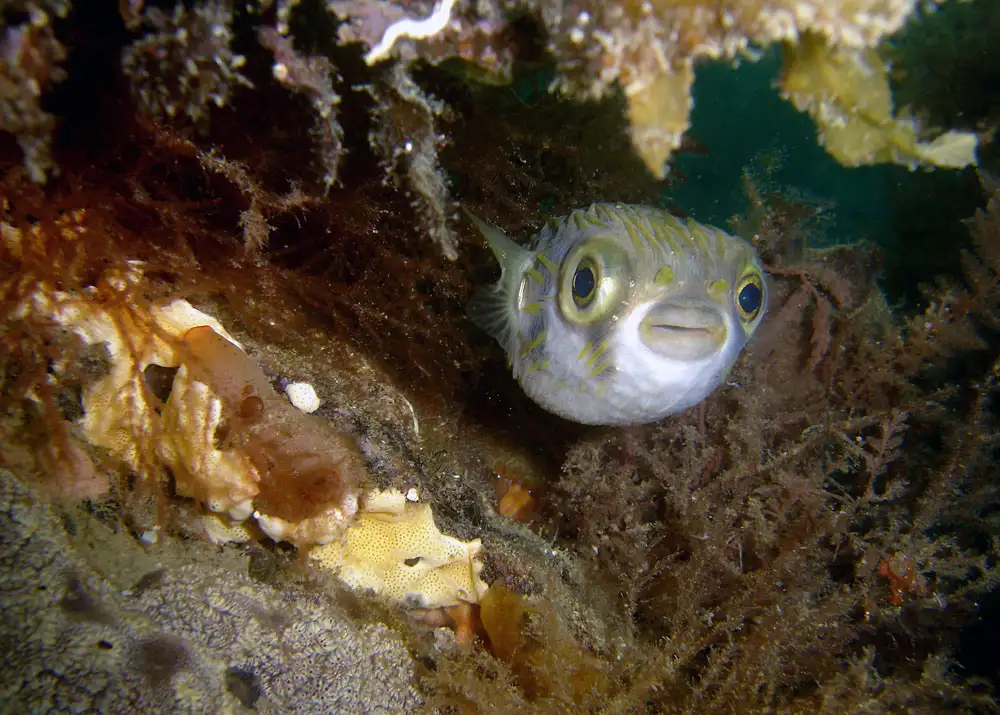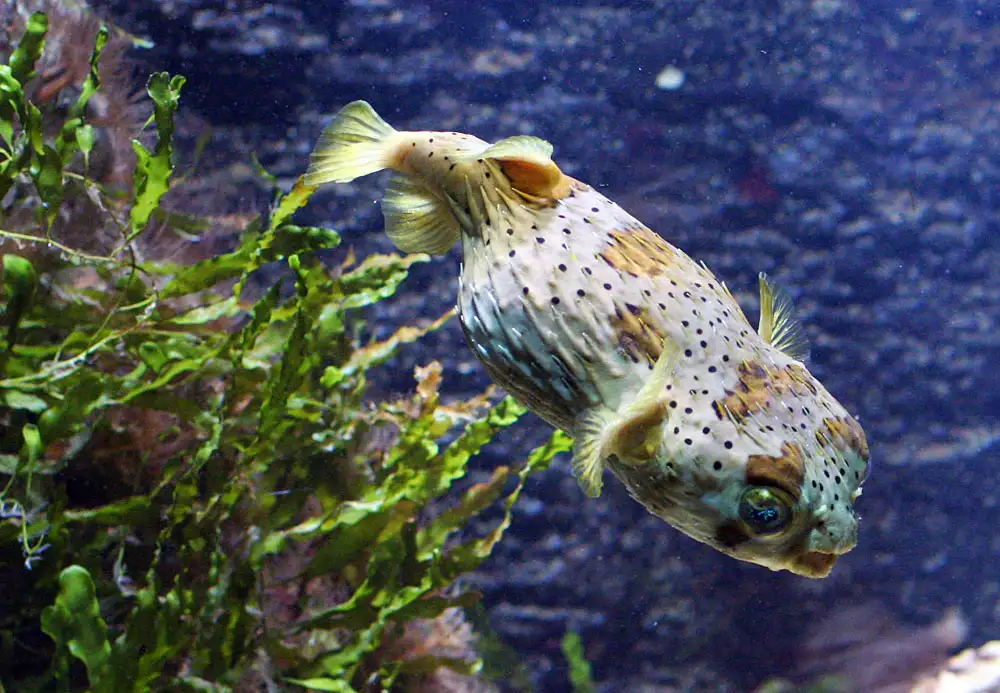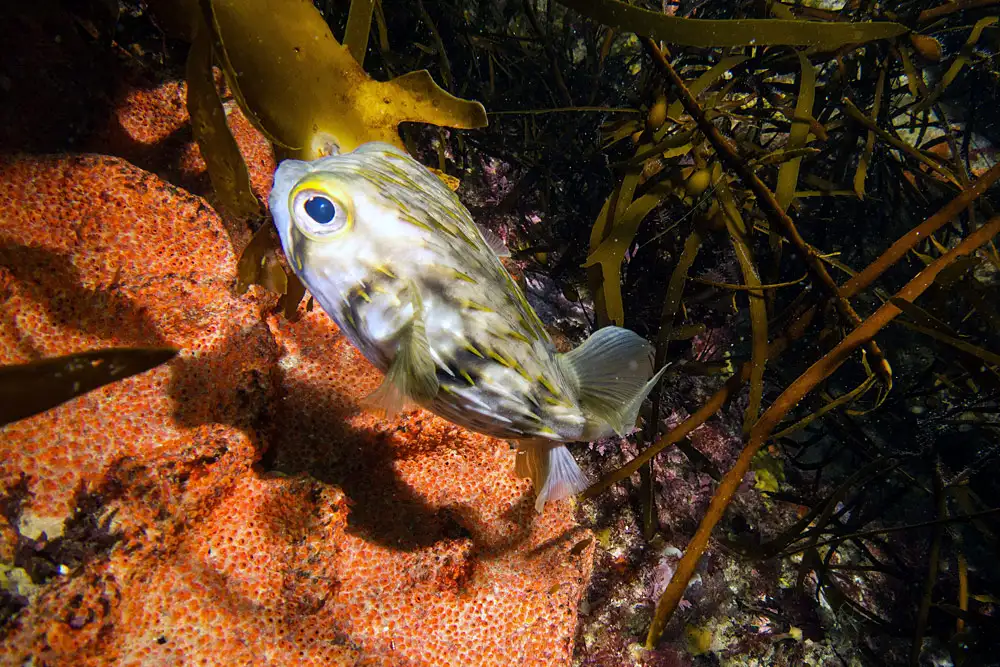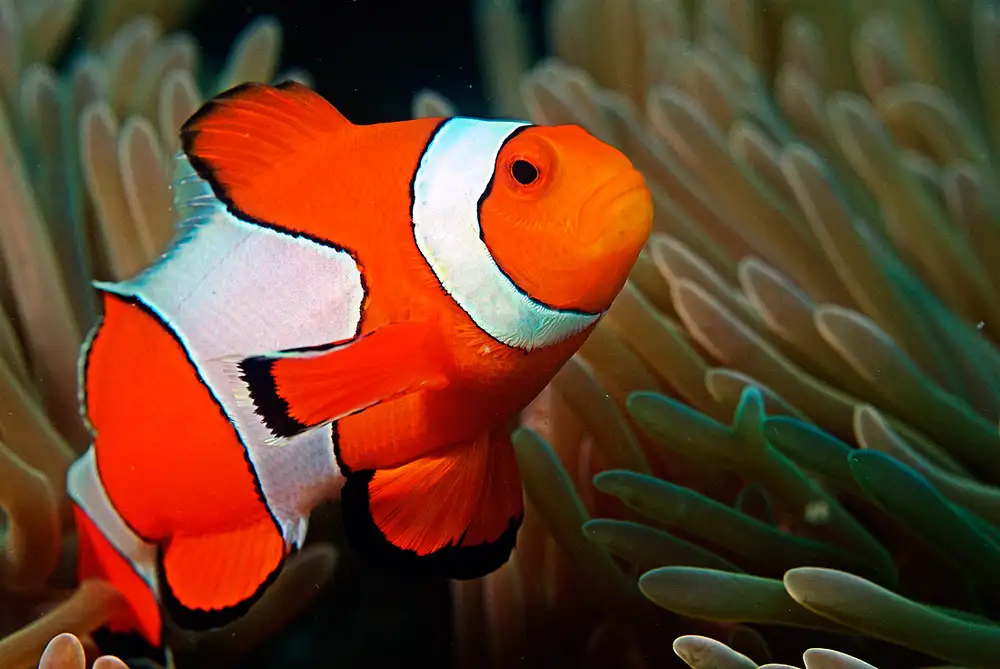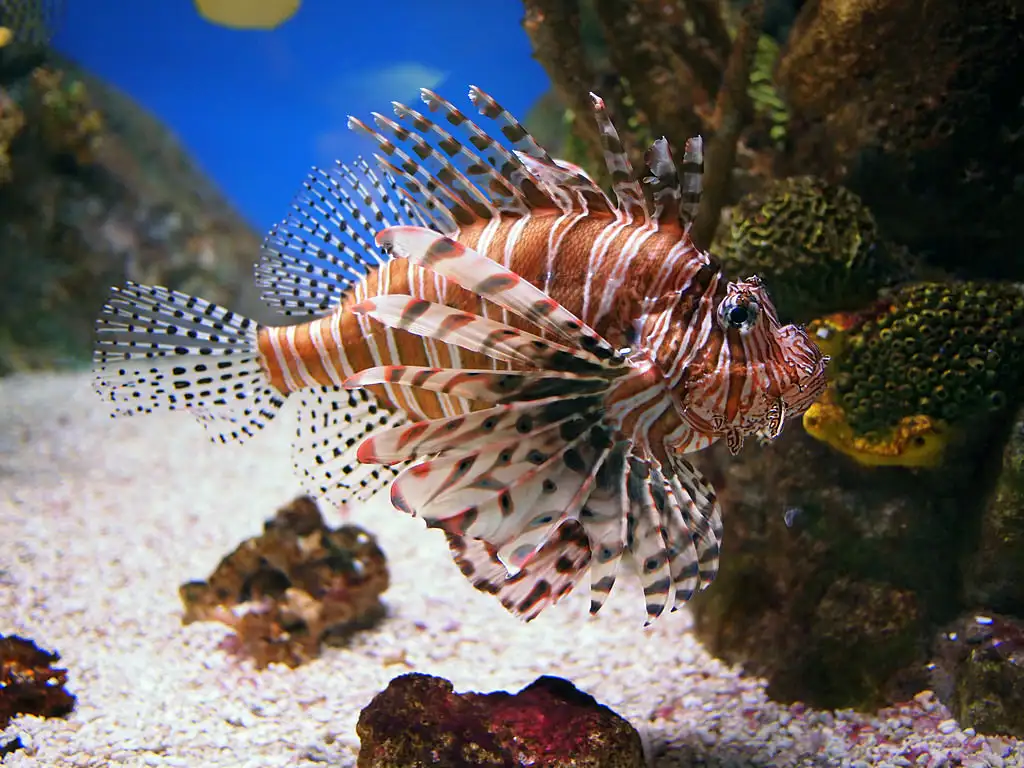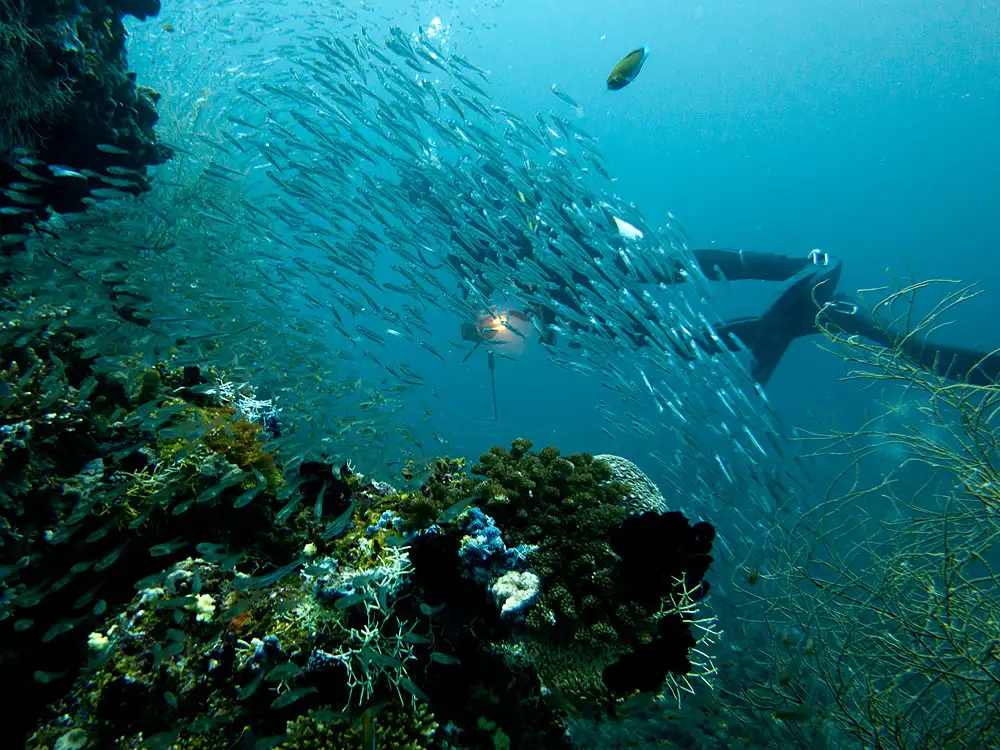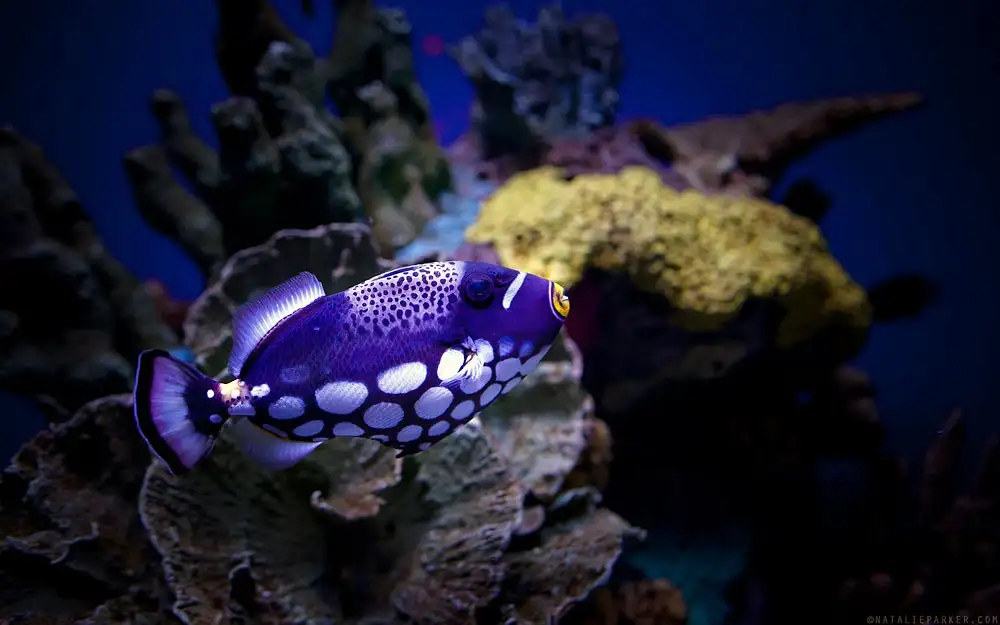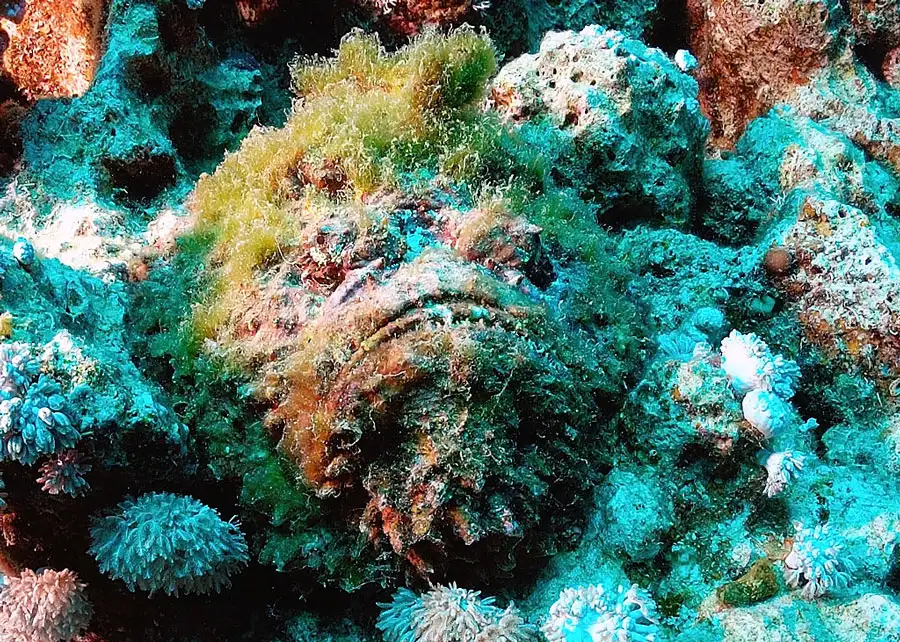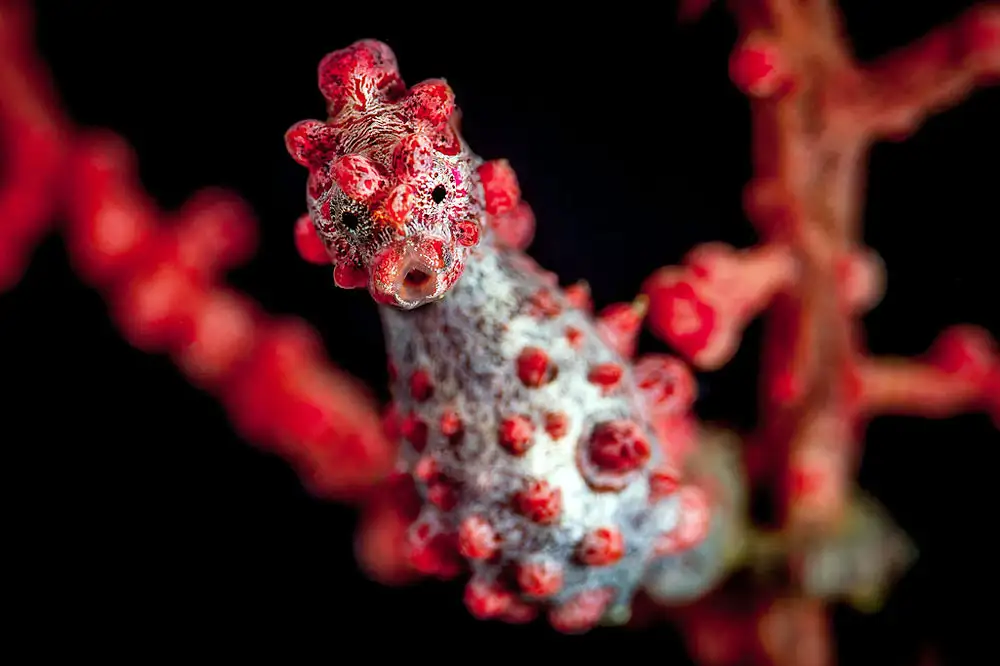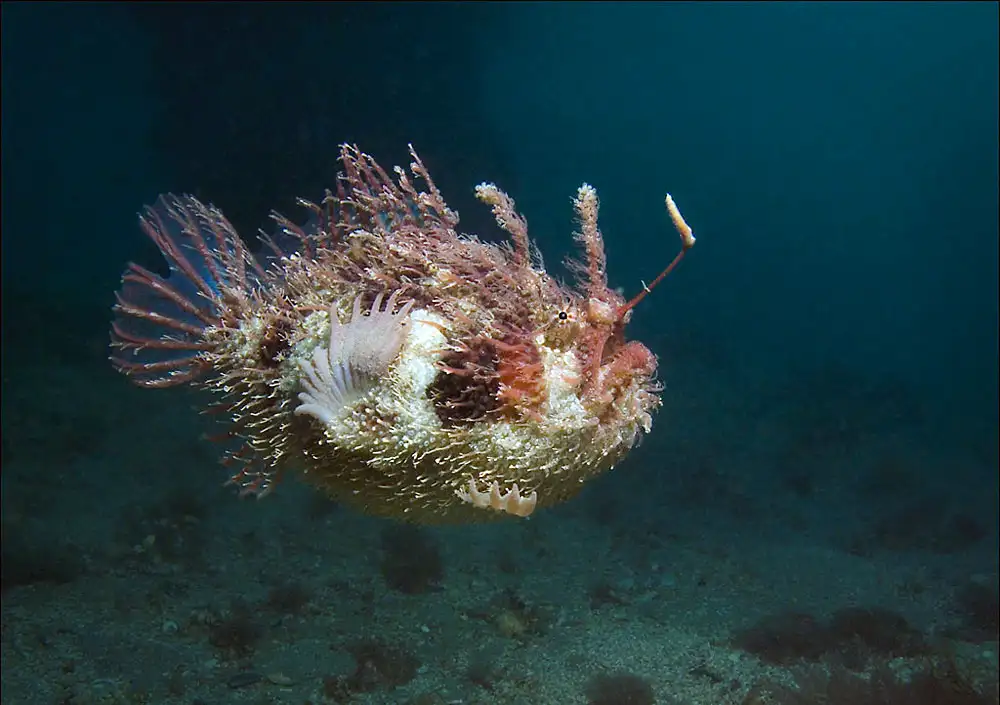Spot‑fin Porcupinefish
IUCN
LCBasic Information
Scientific classification
- name:Spot‑fin Porcupinefish
- Scientific Name:Diodon nicthemerus
- Outline:Small fish
- Family:Diodontidae Diodon
Vital signs
- length:Commonly 15–25 cm; max ~30 cm
- Weight:Small–medium fish; increases with size
- lifetime:Approx. 6–10 years
Feature
Inflation defence; slender recumbent spines; beak‑like dental plates crush hard‑shelled prey; temperate nearshore habitats.
Distribution and Habitat
Southern–southeastern Australia incl. Tasmania; rocky reefs, kelp and seagrass; 2–60 m.
Appearance
Flank stripes + spots; fins finely spotted; spines recumbent at rest, erect when inflated.
Details
Diodon nicthemerus—the spot‑fin porcupinefish (also called slender‑spined porcupinefish)—belongs to the family Diodontidae. Like other porcupinefishes it can inflate by gulping water/air when threatened, erecting itsslender, normally recumbent spines for defence. It crushes hard‑shelled invertebrates with fused upper and lowerbeak‑like dental plates and frequents temperate coastal reefs and seagrass beds.
Ecology & Biology
Diet: molluscs, echinoids, crustaceans and polychaetes—benthic, hard‑shelled prey crushed by the dental plates.
Behaviour: solitary or in small groups; retreats to crevices or inflates when disturbed.
Reproduction: pelagic broadcast spawner; pelagic eggs/larvae drift before recruiting back to coastal habitats.
Identification
Pattern: mixed stripes and spots over the flanks; fins typically show fine spotting, giving the common name.
Spines: slender and flexible, usually recumbent when relaxed, erect when inflated.
Mouth: two fused beak‑like plates (upper/lower) typical of diodontids.
Size & Longevity
Length: commonly 15–25 cm, maximum around ~30 cm.
Life: roughly 6–10 years (estimates vary).
Range & Habitat
Temperate southern–southeastern Australia (including Tasmania) and adjacent waters, inhabiting rocky reefs, kelp beds and seagrass meadows from about 2–60 m.
Conservation & People
Threats: coastal habitat degradation, incidental capture and pollution; overall fishing pressure is modest.
Food safety: some diodontids may carry tetrodotoxin/ciguatera risks; follow local advisories.
IUCN: Least Concern (LC) (subject to latest assessment).
FAQ
Q1. How to tell it from longspine porcupinefish (D. holocanthus)? D. nicthemerus is smaller with slender, mostly recumbent spines and a pattern of stripes plus spots; fins are finely spotted.
Q2. Does inflation harm the fish? It is a defensive response; avoid handling or provoking inflation to prevent stress and injury.
Q3. Where is it most likely seen? Temperate reefs and seagrass/kelp zones of southern Australia; dusk/night observations are common.
Q4. Safe to eat? Consumption is not recommended without local guidance due to potential toxin risks.


